Queen Victoria, it is reputed, took a bath once a month, if it was deemed necessary. We are graced with availability of most basic resources in the west, so we’ve moved ahead with design features and technical sophistication. How we love to be immersed in a deep jacuzzi or under cascades that refresh and replenish our energies.
Our bathrooms have become very important for a multitude of reasons and the aesthetics have evolved. But the basic need for strong resilient surfaces is constant. If you care to explore the possibilities, your personal bathing space can be transformed – after all, it is the OASIS where we start and end each day … the sirens beckon and cajole us to revitalize our internal and external biosystems.
Enter the Venetian solution
Without any hint of ‘greenwashing’, Venetian plastering in wet rooms, shower rooms, utility spaces with washing machines, atria with plants, etc. is the best option for robust rendering. Tiled areas can be very attractive, but unless the grouting is applied with maximum skill and efficiency, problems will soon arise. The plaster is not waterproof, but the polished version is extremely mould, mildew and damp resistant. And has a very authentic, beautiful rustic appearance.
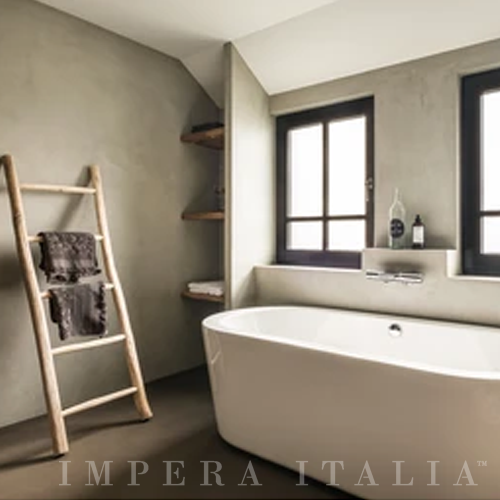
So, first, with your partner, take a step out of time and a sip of something special. Stand back and re-envision this territory as co-creators of a new chapter in your domestic life. Take a leaf or three out of your subconscious dream world!
Approaching the makeover
Of course, you will study the plumbing and decide whether any new facilities are to be factored into your plan. If the fixtures you have are working well for you, in terms of functionality and artistic contribution, then all you need to do is remove any freestanding furniture and strip down the visual space so that you can visualize accurately the way ahead. Eureka!!
Factors to take into accounts
Take account of where the light is entering, as it will determine the colour pigments you choose to customize the plaster with. Paint and similar substances as we know dry to lighter shades. If there is a ceiling aperture or skylight, the changing rays of the sun as they filter through will orchestrate the ambience of the room. The tone of your bathing environment may be ‘gendered’ according to your choices, whether soft or invigorating.
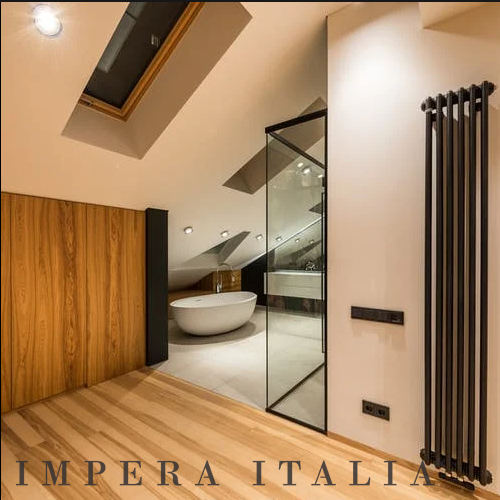
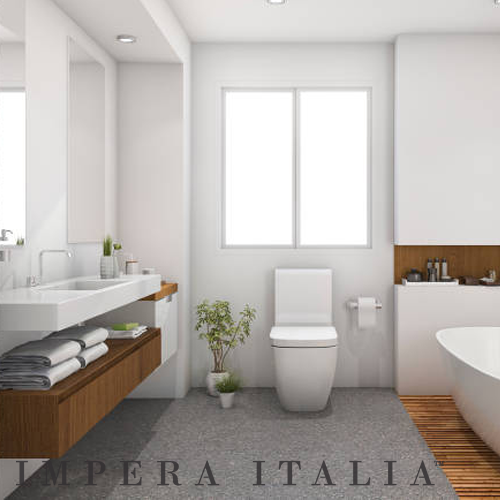
Demarcate in your mind the sections of the wall that you intend to replaster. Arrive at a decision on whether you would like to experiment with split surfaces, as this will create a captivating topography in texture and visual impact. And do you still wish to retain or include limited tiled areas? Does the flooring need attention? Spin round anticlockwise 3 times and reimagine the situation …
What are the major plaster types for our task?
- Marmorino, classic white modelling reminiscent of Istrian stone, while marbled black/grey tones will give an utterly spectacular finish. Satin surfaces are also popular.
- Spatulata, high gloss finish with subtle colour variations.
- Stencil, customized for the client’s specifications with repeating or single images and designs.
- Travertino, giving the effect of solid natural stone, which can be sculpted, dragged and pitted. Burnishing allows the introduction of colour pigments.
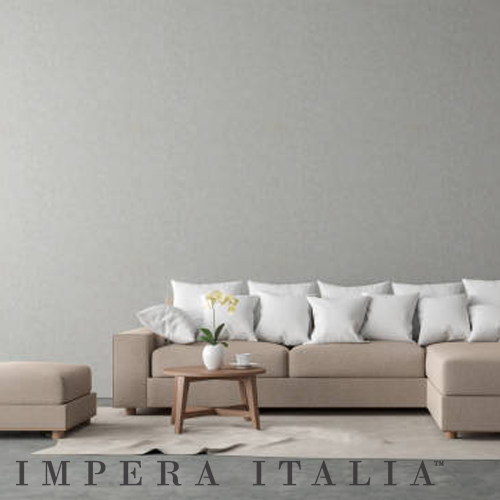
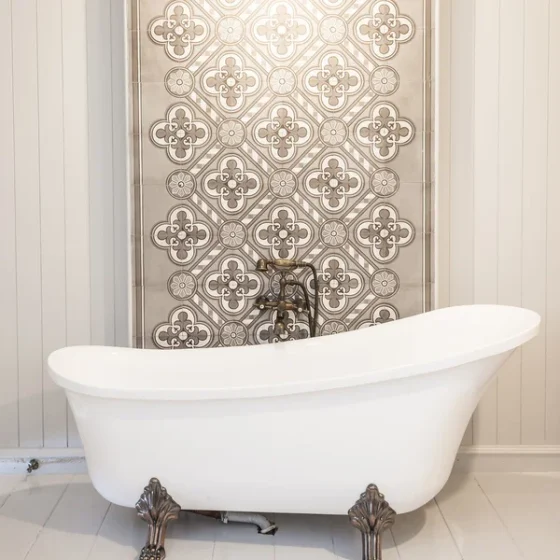
The darkest surfaces are almost as reflective as mirror glass, so favoured in some top hotels. Very easy to wipe down. Dramatic metallic finishes and pearl washes create atmospheric vortices of energy.
Venetian stucco is like a generously thick yoghurt, delicious to stir – whether you apply it yourself or bring in an expert, don’t forget this part of the process. It will respond better to hands that caress it onto surfaces in curvaceous sweeps. Every home chef will recognize the techniques and consciousness in operation here!
